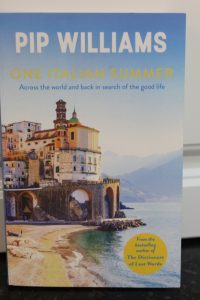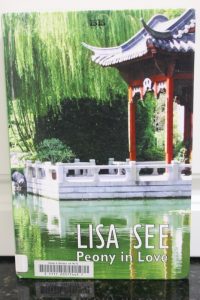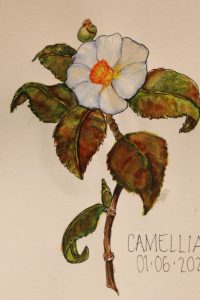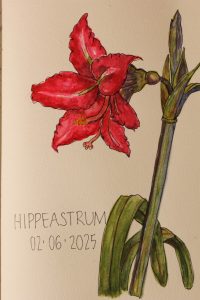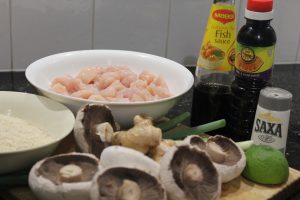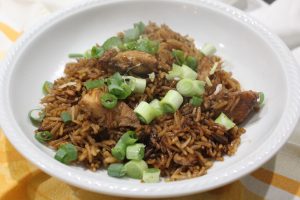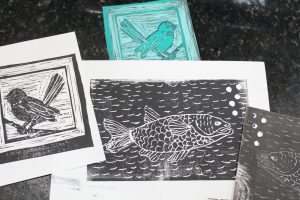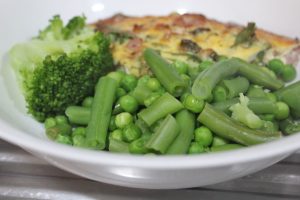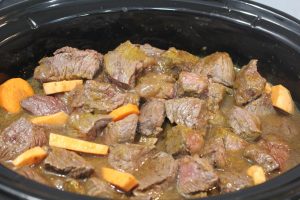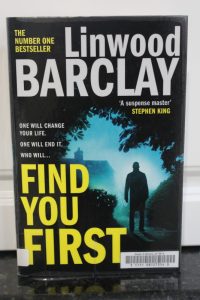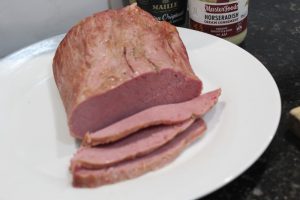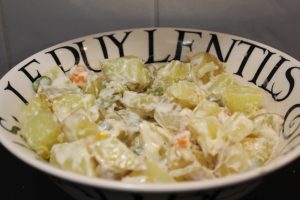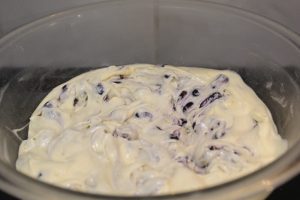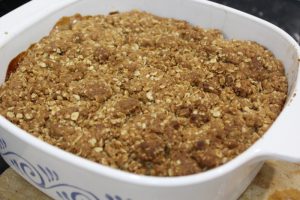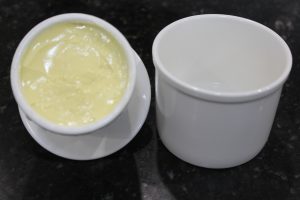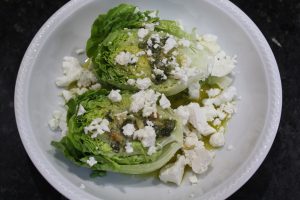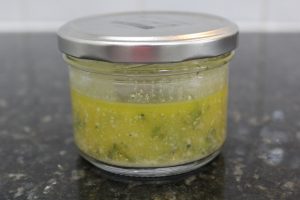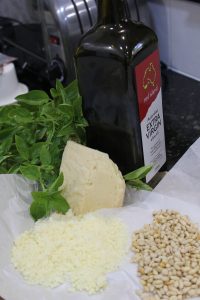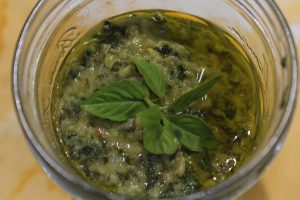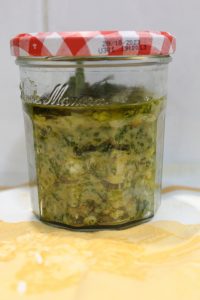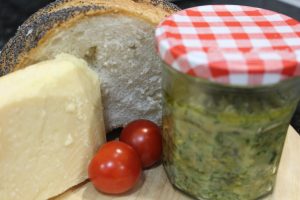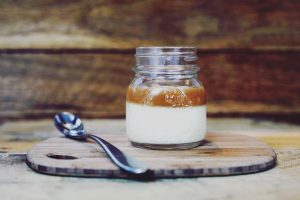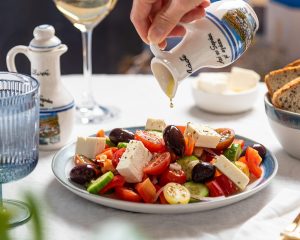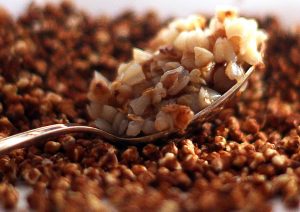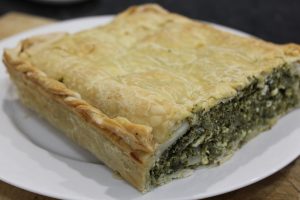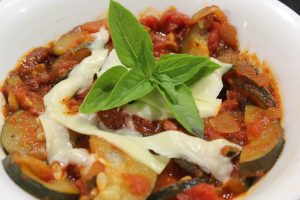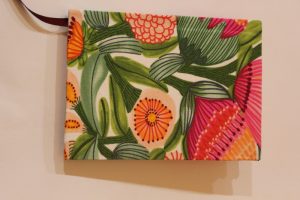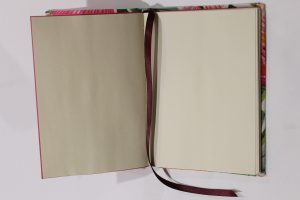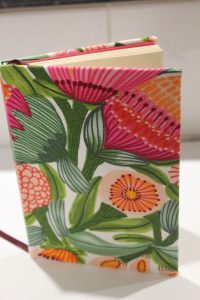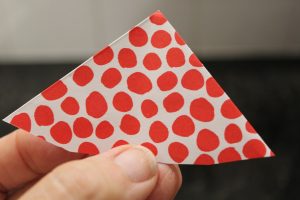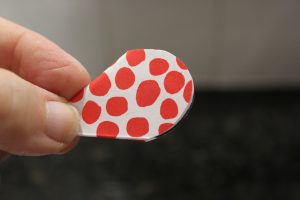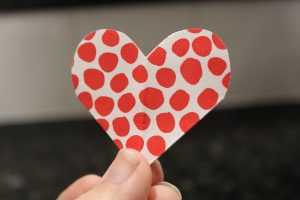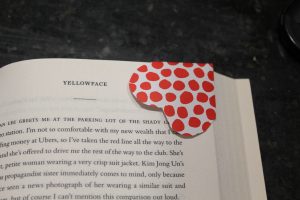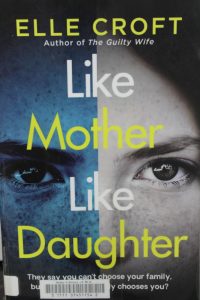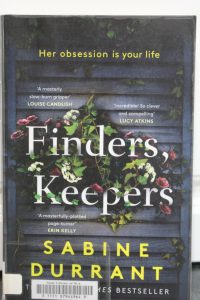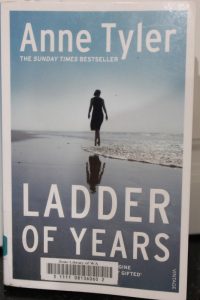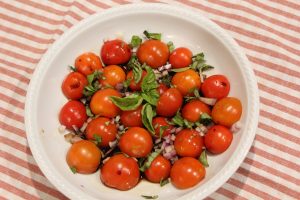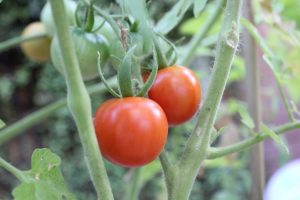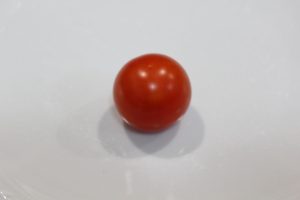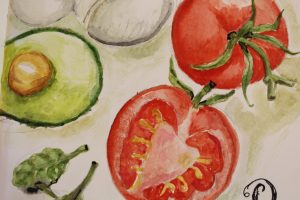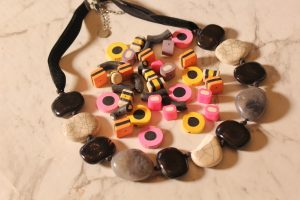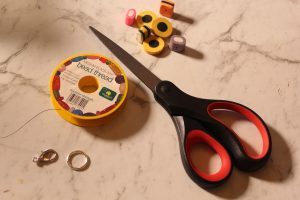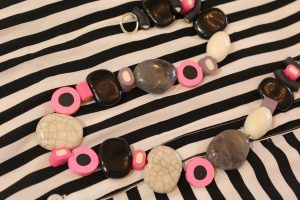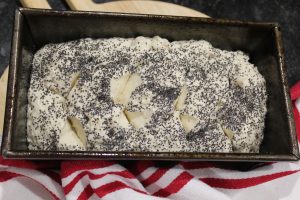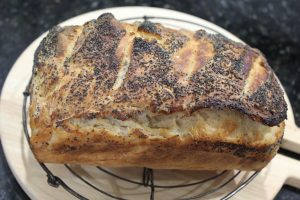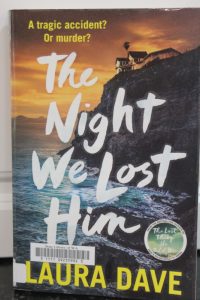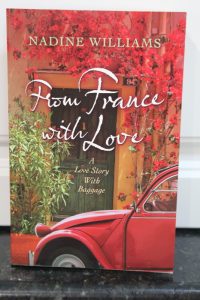roses
My Mother loved her garden. She grew vegetables, herbs and flowers of every kind. Her ideal gift was bags of mulch, fertiliser or a new plant. She loved receiving gift cards for the local hardware store. So I try to have some flowers next to her photo all the time. These are Iceberg roses. They have a lovely scent, although some of them, planted at a different time, have very little perfume.


The Abraham Darby is still flowering, too. It smells lovely.
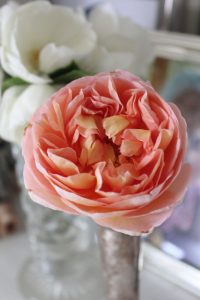

The Mr Lincoln is a large standard rose. I have painted the roses many times because they are so lush and smell lovely.


Despite constant battles with chili thrip I have decided to keep the roses. So many people I know have dug up their roses. The experts explain how you can control chili thrip but not eradicate it. Some of the sprays suggested are not products I want to use in our garden, so I persist with the water blasting. It is successful on some roses, not others.
cooking
Soup weather is traditionally winter time, but I’ve been making soup since January. Most of our soups are flavoured with curry, because that’s one of the flavours my Husband can taste. I often use carrots as the base vegetable, too, as they blend well and thicken the soup.


One kilo of carrots makes a lot of soup base. I add whatever else is available. I begin by frying the onion then adding curry powder, then the carrots and anything else that comes to hand, so no real recipe!
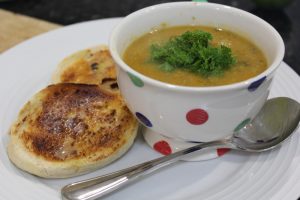

I made more muffins but used passion fruit pulp instead of blueberries. I’ll make more this weekend. They were very popular.


The passion fruit muffin batter doesn’t look very enticing, but they were delicious.
picking
Apart from the last of the roses, I’ve been picking lemons and limes. Also herbs and perpetual spinach. The spinach is a versatile vegetable; it can be eaten in a salad, cooked as a vegetable or wilted into anything else you’re cooking which would benefit from a splash of green! Easy to grow from seed. I have three plants which are ‘cut and come again’. The more I pick, the more they grow.
flowers
I once read in a gardening magazine that peonies will only grow in areas where apples grow. Apples don’t grow where we live, but they are grown domestically and commercially further down south. So when I saw in our local news paper the nearby fresh fruit and vegetable market had peonies for sale I mentioned it to my husband. Well, actually I placed the folded paper, showing the ad. over his computer screen. Subtle? Effective.
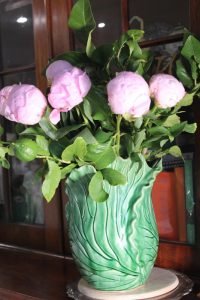

Added little branches trimmed off the lemon tree. Some of the branches have immature fruit attached. The pink against the deep green of citrus leaves contrasts well. So pretty!

